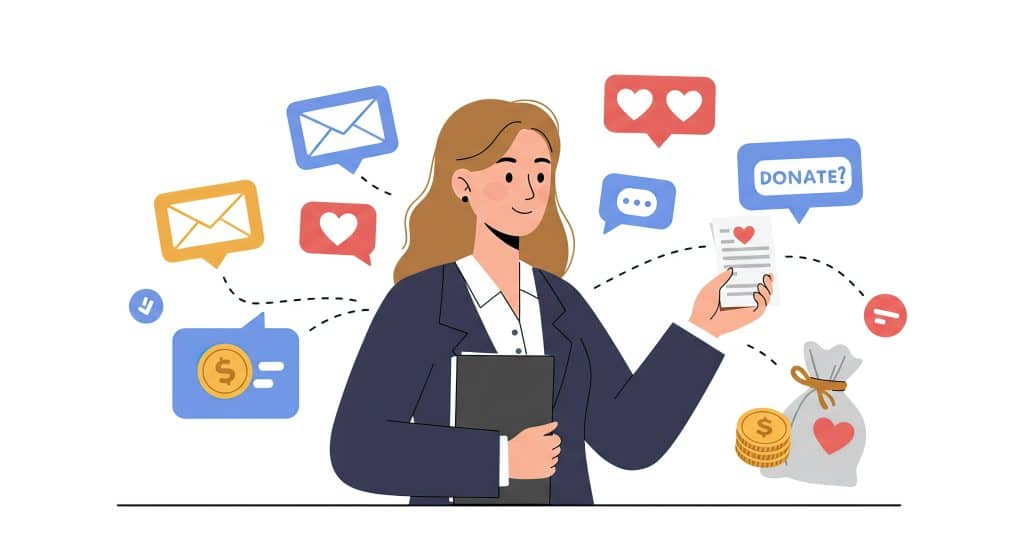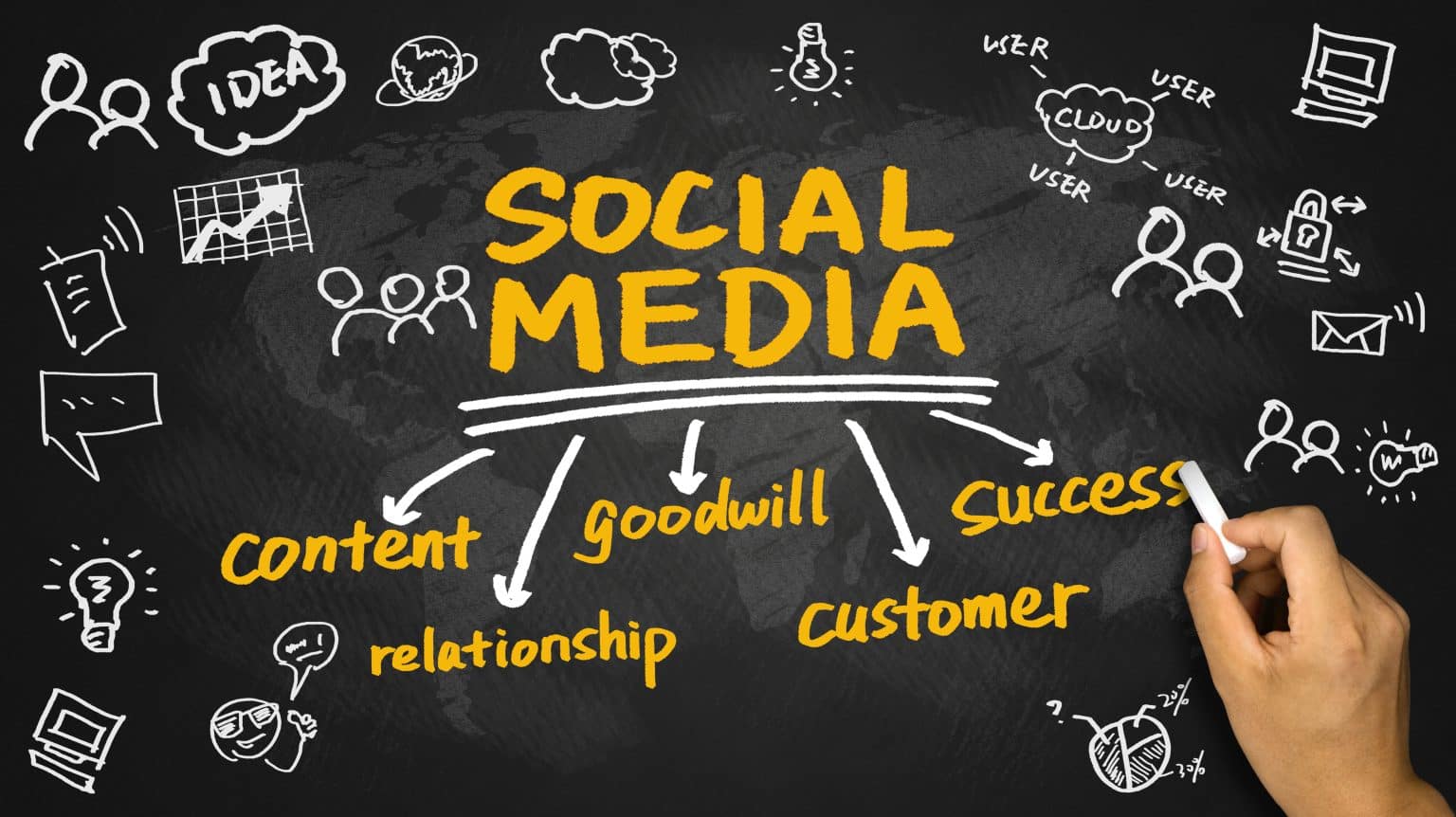When you’re part of a nonprofit, your focus is on impact. But to get there, people need to know what you’re doing and why it matters. That’s where social media comes in. It’s one of the most powerful tools for growing your reach, building support, boosting social presence, and encouraging action. Used well, social media strategies can help nonprofits grow stronger communities and get results that matter.
Reaching More People Without Spending More
Social media platforms give nonprofits a chance to be seen. It’s where people spend time, and it’s where messages spread. If your goal is to raise awareness, it’s hard to beat the reach of a good post, video, or story. You can get in front of people who’ve never heard of you before without having to pay for expensive ads or press coverage.
Every like, share, or comment helps more people find out what you do. That’s the power of being where your target audience already is. If your message connects, they’ll pass it along. If you’re trying to reach people in a specific area, it helps to tailor your message to that local audience.
For example, if you’re targeting the London community, it’s smart to work with people who understand what makes that audience tick. Boost your brand with London social media specialists who know how to create content that connects in a real and relatable way. They can help you build marketing campaigns and social media posts that feel natural to the people you’re trying to reach, not like ads but like conversations.
Giving People a Reason To Stick Around
People don’t connect with logos. They connect with stories. If you want followers to become supporters, show them the people and moments behind the mission. That means real photos, short updates, and honest wins, even small ones.
You don’t have to post every day as part of your social strategy, but when you do, make it count. Give people something to care about. Share how a donation helped, show what volunteers are working on, or highlight someone who’s been impacted by your work. These are the types of social media content that make your mission feel real, not distant.
Also, reply to comments. Say thanks when someone shares a post. Ask a question every now and then. When people feel like they’re part of something, they’re more likely to come back and bring others with them. It strengthens your social media presence and builds a more loyal social media audience over time.
Showing Up Builds Trust
If people don’t hear from you, they forget you. It’s that simple. Social platforms help you stay visible and consistent. Even short updates help keep your name in front of the people who care. It shows you’re active, paying attention, and still doing the work.
You don’t need professional videos or fancy designs. What people look for is honesty and meaningful engagement. If your visual content looks and sounds like it came from a real person, it works. If it sounds like a committee wrote it, it won’t land.
Also, don’t only post when you’re asking for donations. Share progress, give company updates, thank people, or talk about things your audience and key stakeholders care about. Try to keep a consistent brand voice to help people recognise you, trust you, and know what to expect each time you show up.
Driving Real Actions
It’s easy to assume social media advertising only builds awareness, but it also helps drive real results and actionable insights. When someone feels connected to your cause, they’re more likely to take action. That could be a donation, a volunteer sign-up, or even a simple share that spreads your message further.
To get people to act, keep it simple. Don’t bury the ask in a long post. Don’t talk around it. Make the next step clear, whether it’s a donate button, a sign-up link, or a call for help. If they already care, they don’t need to be sold. They just need a clear way to jump in.
And timing matters. If you’re running a campaign or promoting an event, build momentum early. Share reminders, updates, and little wins along the way. Each one helps people feel part of the effort. The more involved they feel, the more likely they are to take that next step and share their experience as user-generated content.
Learn What Works, Then Do More of It

You don’t need to guess what your audience likes. Social media efforts give you the answers. Look at what people respond to. Which types of content got the most comments? What made people share something? That’s your cue to do more of that.
If a behind-the-scenes photo from your eco-friendly event gets more love than a long report, you’ve learned something. If a short video does better than a graphic, lean into that. You can also ask. Use polls, ask questions in your captions, or invite feedback in your comments.
People are often happy to tell you what they think. And when they do, it gives you the chance to improve how you connect, share, and grow with better compelling content that fits what your audience actually wants to see.
Final Thoughts
Social media marketing works for nonprofits not because it’s trendy, but because it helps people connect. It lets you talk to social media users in real time, show your impact, and invite people to be part of the mission.
The more connected people feel, the more likely they are to act. Show up, stay active, and keep the conversation going. Over time, that kind of presence builds trust, and trust is what turns supporters into advocates.

